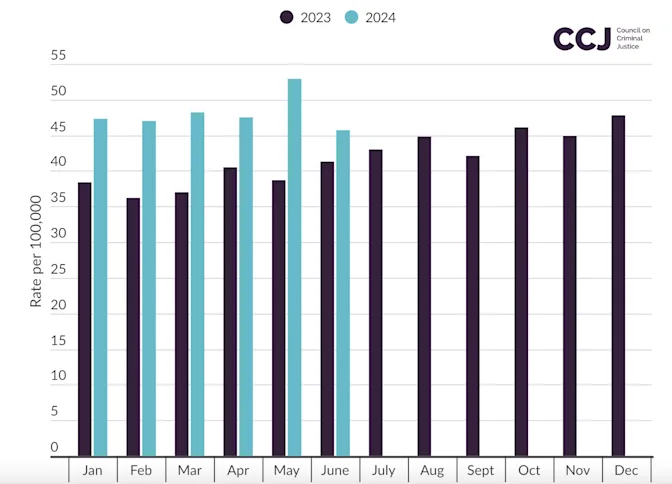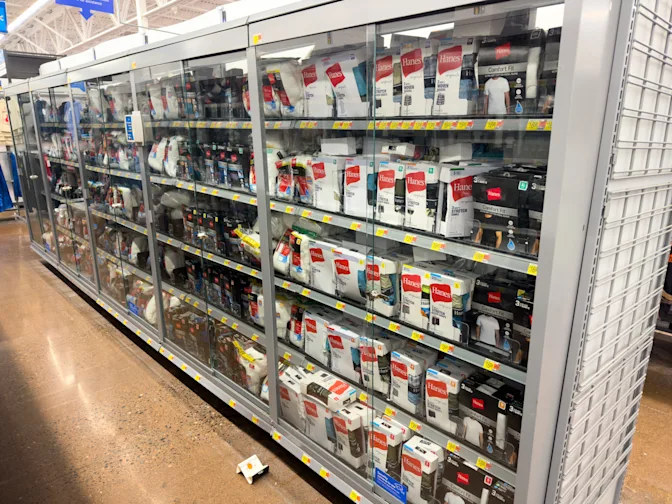
Shoplifting Is Suddenly Out of Control
Shoplifting has seen an unprecedented surge in 2024, raising alarms across the United States. Despite a general decline in other types of crime, shoplifting has become a growing concern for retailers and law enforcement alike. So, what's behind this trend, and what are its implications?
A Dramatic Increase in Theft
Retailers nationwide are grappling with a significant increase in shoplifting incidents. Reports indicate a 24% spike in shoplifting cases this year alone. This surge contrasts sharply with the overall decline in crime rates, including violent crimes and property crimes, which have dropped to pre-pandemic levels.

The Rise of Organized Retail Crime
One of the primary drivers of this increase is the rise in organized retail crime. These are not isolated incidents of individuals stealing small items; rather, they involve sophisticated networks targeting high-value goods. Organized retail crime rings are responsible for large-scale thefts, which significantly impact retailers' bottom lines. These groups often resell stolen goods through various channels and online marketplaces. In 2023, a mob of 50 people stole merchandise worth thousands of dollars at the Los Angeles Nordstrom®.

Economic Pressures and Shoplifting
Economic factors also play a crucial role in the rising shoplifting rates. Inflation and economic uncertainty have left many individuals struggling to make ends meet. As a result, some people turn to theft as a means of obtaining essential items they cannot afford otherwise. This trend is particularly concerning as it suggests that the issue is not merely a criminal problem but also a socioeconomic one.
Criminologist Read Hayes explains, "A community might be struggling with heavy job losses and people can't easily find another job. Now they can't afford basic necessities," according to CNN. Additionally, in a 2023 Gallup poll, 61% of Americans are suffering financial hardship because of rising prices, which could be a contributing factor to the rise in 2024 shoplifting rates.
Impact on Retailers and Consumers
The consequences of increased shoplifting are far-reaching. Retailers face substantial financial losses due to stolen merchandise. Businesses are investing in anti-theft technology to deter shoplifting by locking up many products such as toiletries and snacks behind locked cabinets, leading to growing frustration in consumers. Large national retailers, like Target®, have announced their closure of stores due to the rise in shoplifting and financial loss.
In 2023, Target attributed losing a half billion dollars to rising theft. Other big retailers such as Nordstrom and Whole Foods® said they were closing stores in San Francisco due to economic conditions, employee safety, and crime.

The rise in shoplifting in 2024 highlights a complex interplay of economic, social, and criminal factors. While enhanced security and stricter laws can help curb organized retail crime, addressing the root causes of theft, particularly economic hardship, is crucial for a sustainable solution.
References: Shoplifting is on the rise even as reports of other types of crime fall | Shoplifting skyrockets by 24% across US even as most other crimes fall to pre-pandemic levels | Why retail theft is soaring: inflation, the economy – and opportunity























